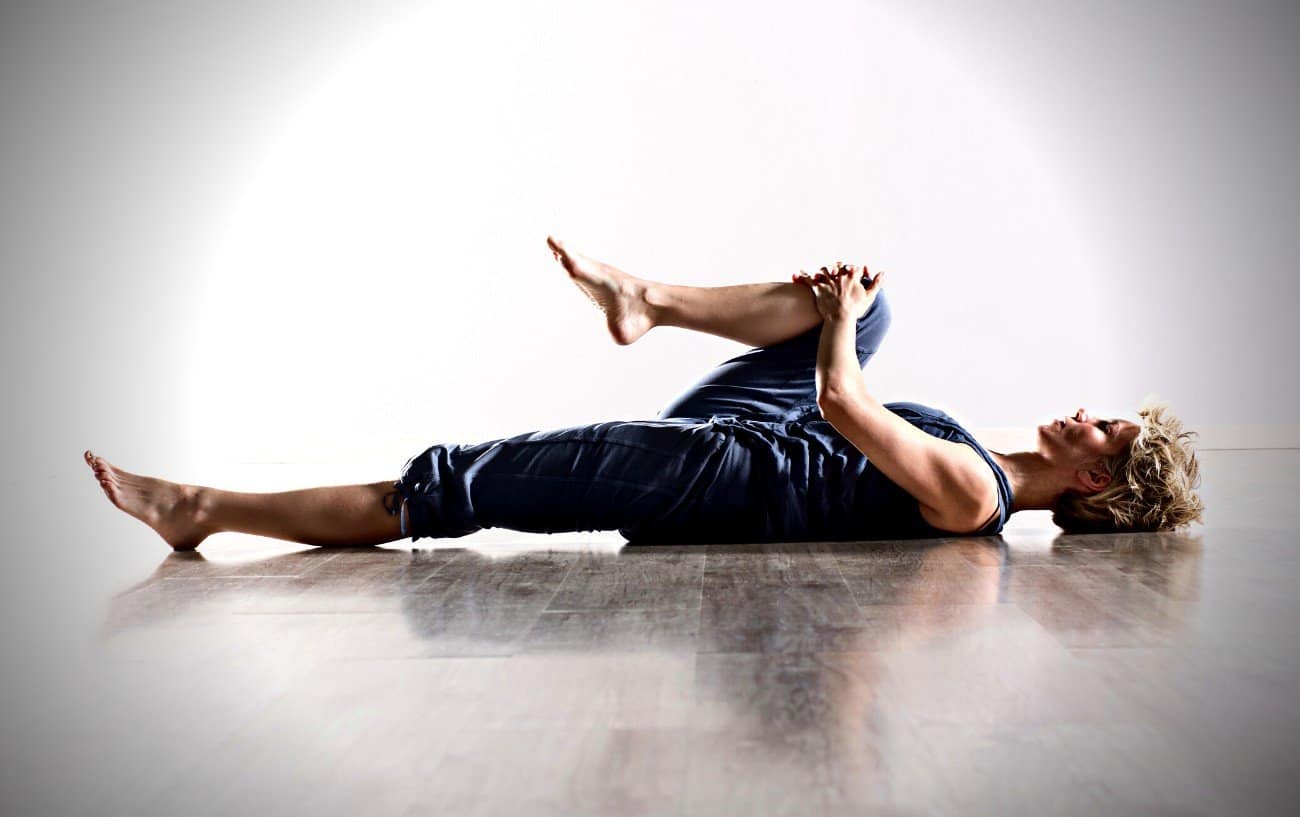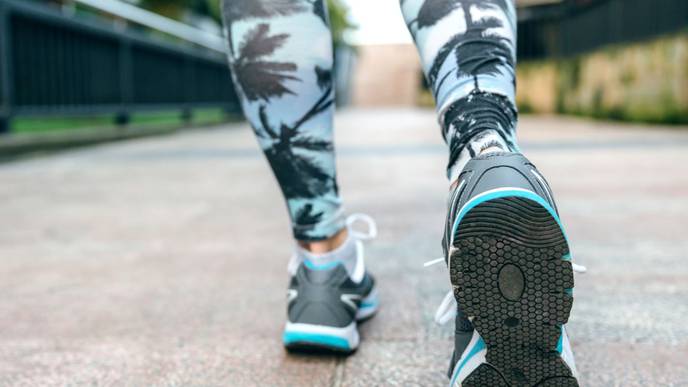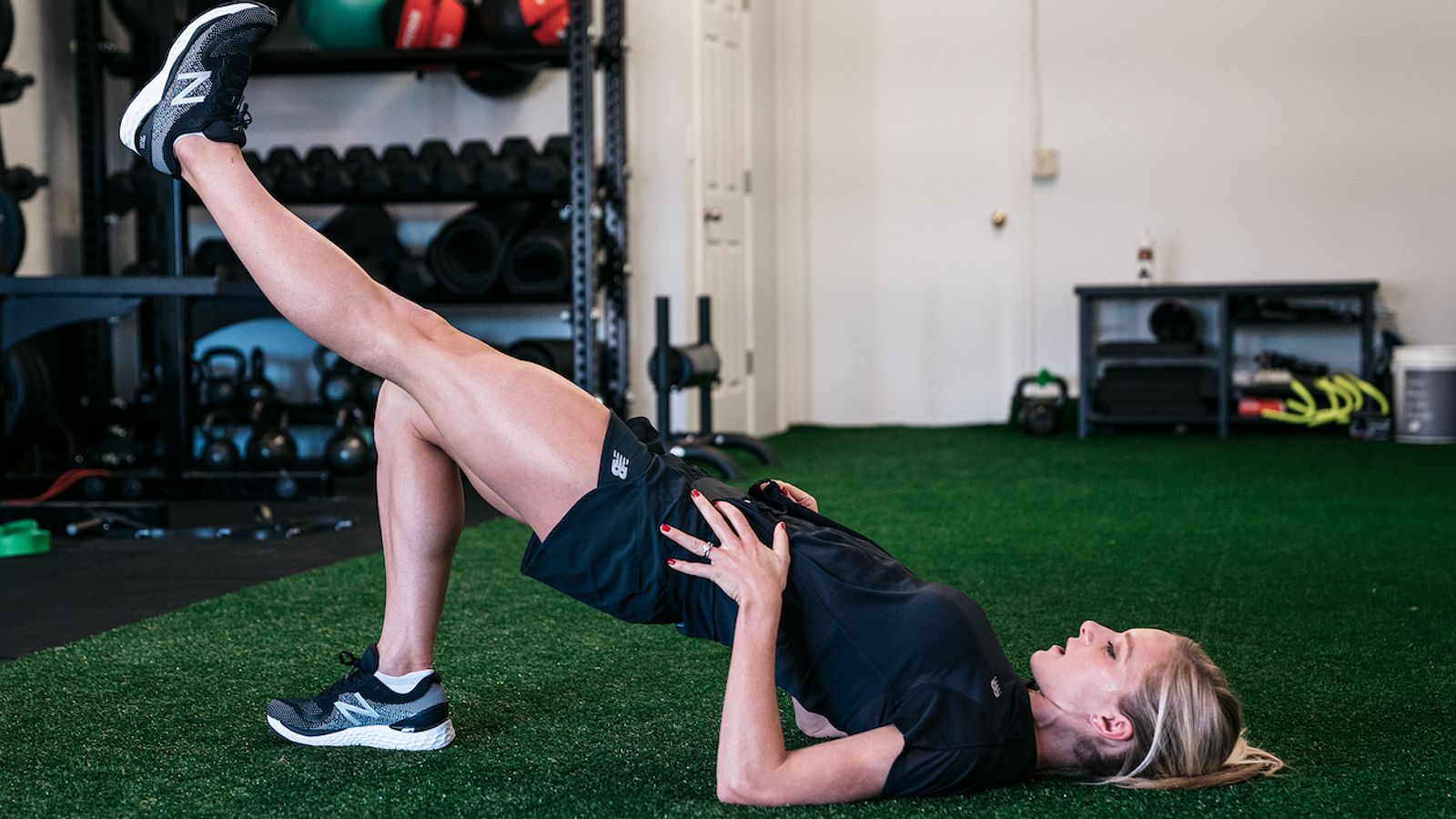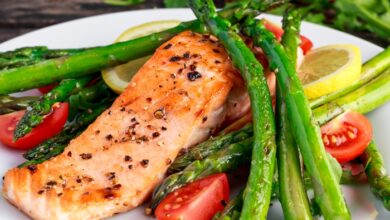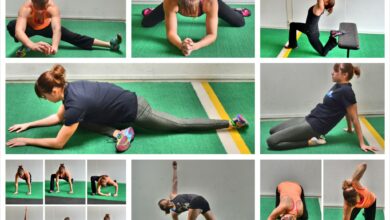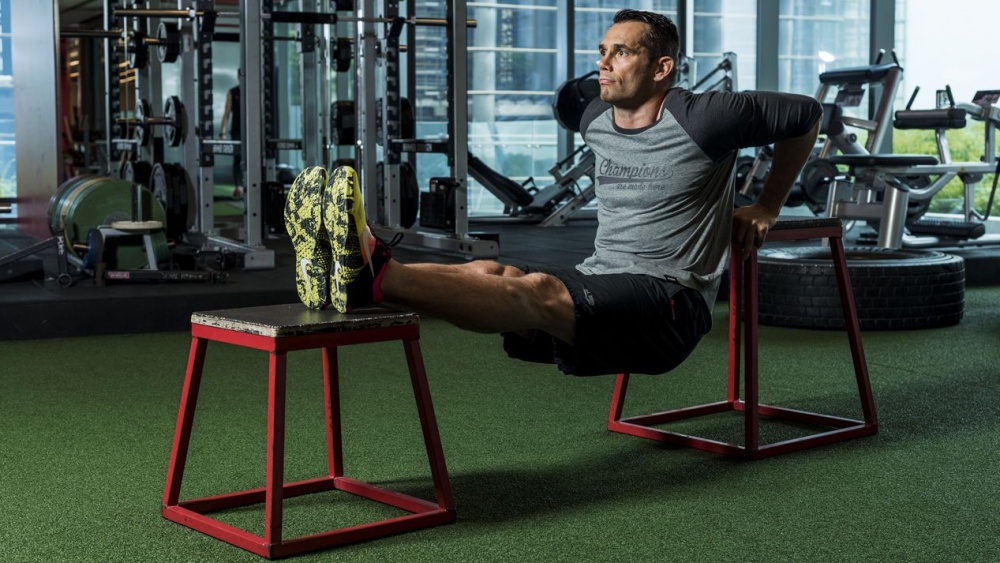
Whenever you straighten your arms, you’ve got your triceps to thank. These muscles are located on the back sides of your upper arms.
They’re among the largest muscles in your upper arms, and play a crucial role in arm mobility, according to StatPearls. Read on to learn more about your triceps, including six of the best exercises to give them a workout.
What Are the Triceps, and What Do They Do?
The name “triceps” derives from a Latin phrase that means three-headed arm muscle. And that’s exactly what you’ll find in the triceps: the long head, the medial head, and the lateral head. Each muscle “head” runs from the upper arm and combines to form a single tendon that attaches to the bony part of your elbow.
The triceps’ main role is extending the forearms, and to do so, they need to work in tandem with the biceps. “The biceps pull on the forearm bones to bring them closer to the upper body, while the triceps help return the forearm to an extended position,” says Bethany Stillwaggon, an American College of Sports Medicine–certified personal trainer based in Raleigh, North Carolina.
The triceps also help to stabilize and promote healthy shoulder joints — and whether you’re playing a sport or just doing daily activities, you need those triceps to be strong.
“Not only do they aid in any type of move that requires power, like shooting a basketball or throwing a ball, but they also assist in everyday activities like holding a pencil or maintaining good posture at a desk,” says Rachel Prairie, a National Academy of Sports Medicine–certified personal trainer in the Minneapolis area.
And while it’s critical to train the triceps, they often get overlooked for an obvious reason, says Stillwaggon: “People typically sway toward training the muscle groups they can see versus the muscles that are on the back side of the body, most of the time without even realizing it.”
What to Know Before Training Your Triceps
How often should you work out your triceps? The Physical Activity Guidelines for Americans from the U.S. Department of Health and Human Services (HHS) recommend adults should do muscle strengthening activities targeting all major muscle groups at least twice a week.
Stillwaggon recommends training your upper body muscles on each of those days, and ideally including some exercises for your triceps as part of those workouts. But do schedule them for nonconsecutive days to give the muscles time to recover between workouts, she says.
When you train the triceps, you should target larger muscle groups surrounding the triceps (like the chest and shoulders) first. Why? “Muscles are used in a large-to-small recruiting pattern in the body,” Stillwaggon explains. “That means your strongest muscles, almost always your largest muscle groups, will usually be recruited first.”
In other words, if you want to target or build strength in the triceps, you’ll need to tire the larger muscle groups before your body will begin recruiting the smaller ones like the triceps. The easy solution? Whenever you’re training the triceps, first knock out a set involving chest and shoulder exercises (like an overhead press, chest press, and side raises).
Another pro tip: Start with light weights (if you’re using any) because the triceps fatigue fast. (Beginners should start without weights.) “The exercise may seem easy with the light weight, but because triceps aren’t long muscles, the contraction of the muscle loses power quickly, and at a certain rep, those light weights will become almost immovable,” Stillwaggon says.
If you want to train for endurance, shoot for 1 to 3 sets of 12 to 20 repetitions (or reps) of each exercise with light to moderate weights. If strength is your goal, do 3 to 5 sets of 6 to 12 reps with moderate to heavy weights. To focus on tricep power (which will help when you need to exert force in a short period of time — for example, when shooting a basketball), do 4 to 6 sets of 1 to 5 reps with relatively heavy weights.
How do you know you’re doing enough reps and sets to get stronger without pushing yourself too much? Using a scale of 1 to 10 where 1 is easy and 10 is hard, ask yourself how difficult the last rep feels. If you’re working endurance, that last rep should feel like a 6 or 7 on the effort scale, a 6 to 8 for strength, and 6 to 10 for power, Prairie recommends. And make sure your form on each exercise is fully correct, or you raise the risk of injury.
6 Tricep Exercises to Increase Arm Strength
Here are six triceps exercises designed by Stillwaggon that you can fit into any upper body strength workout. Do them after warming up with some larger muscle exercises, or include them in the second half of your arm strengthening workouts.
Source: everydayhealth



